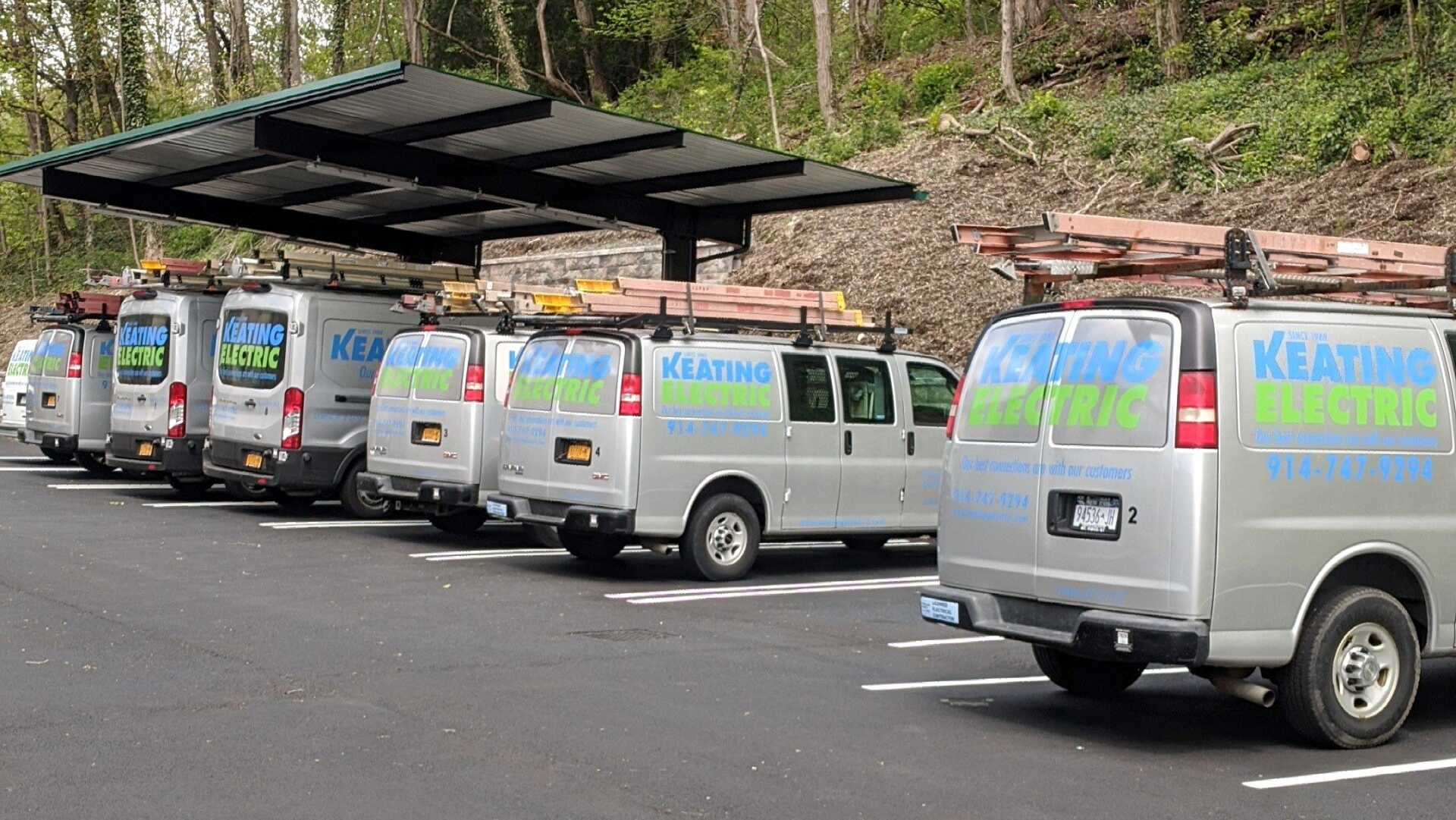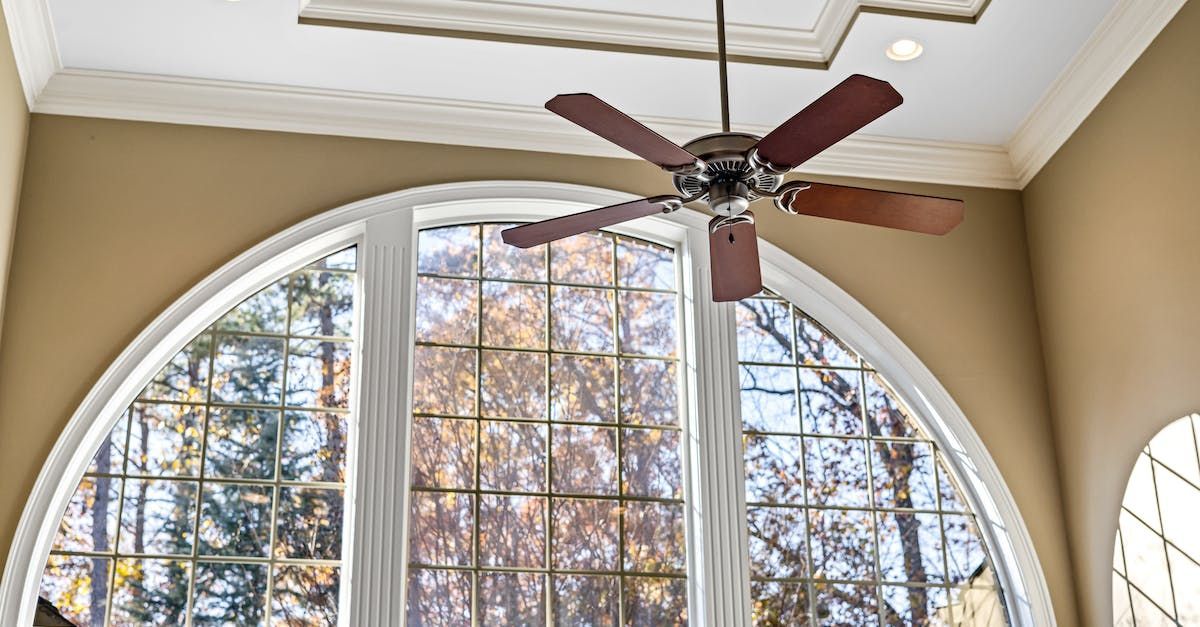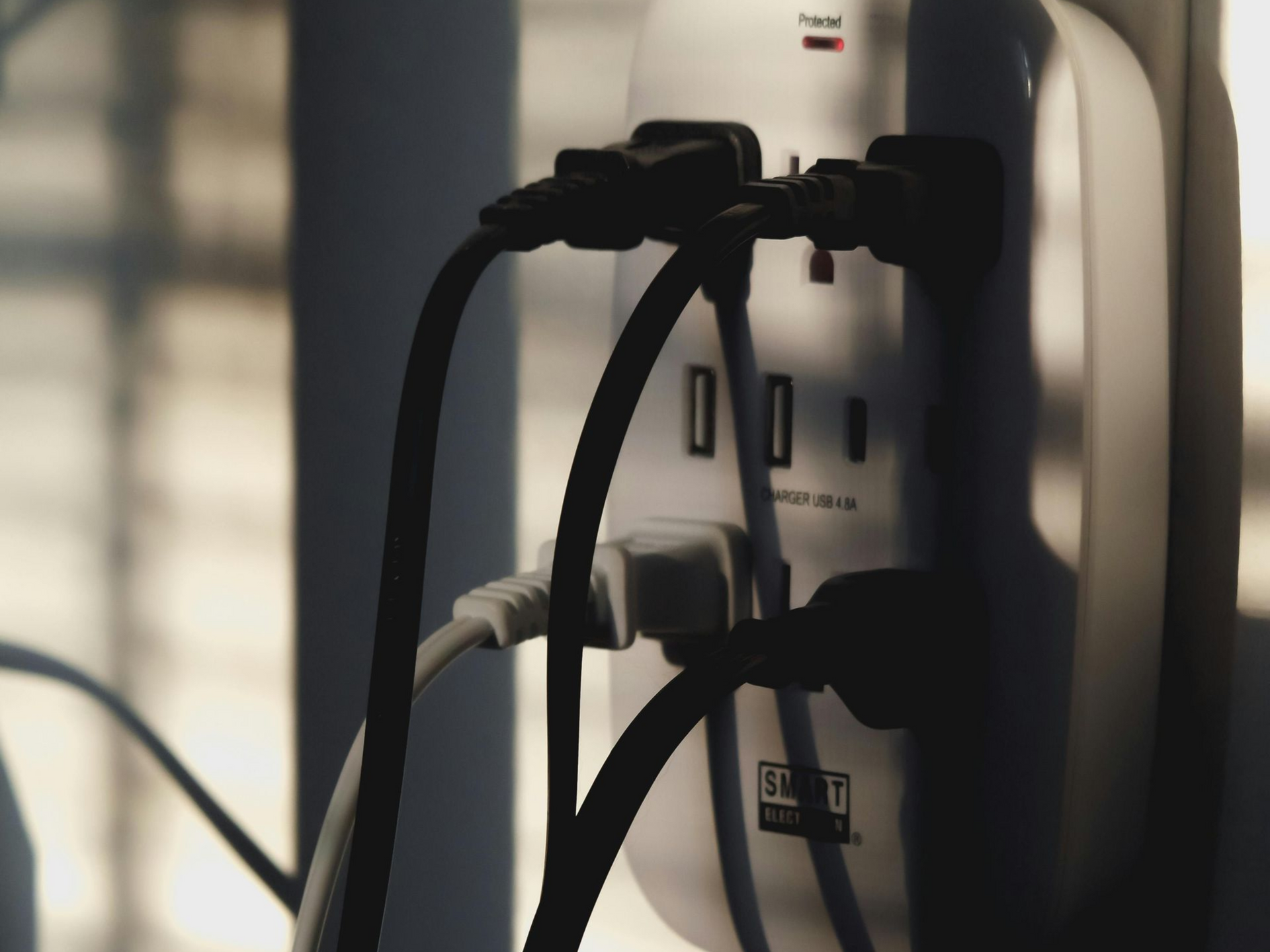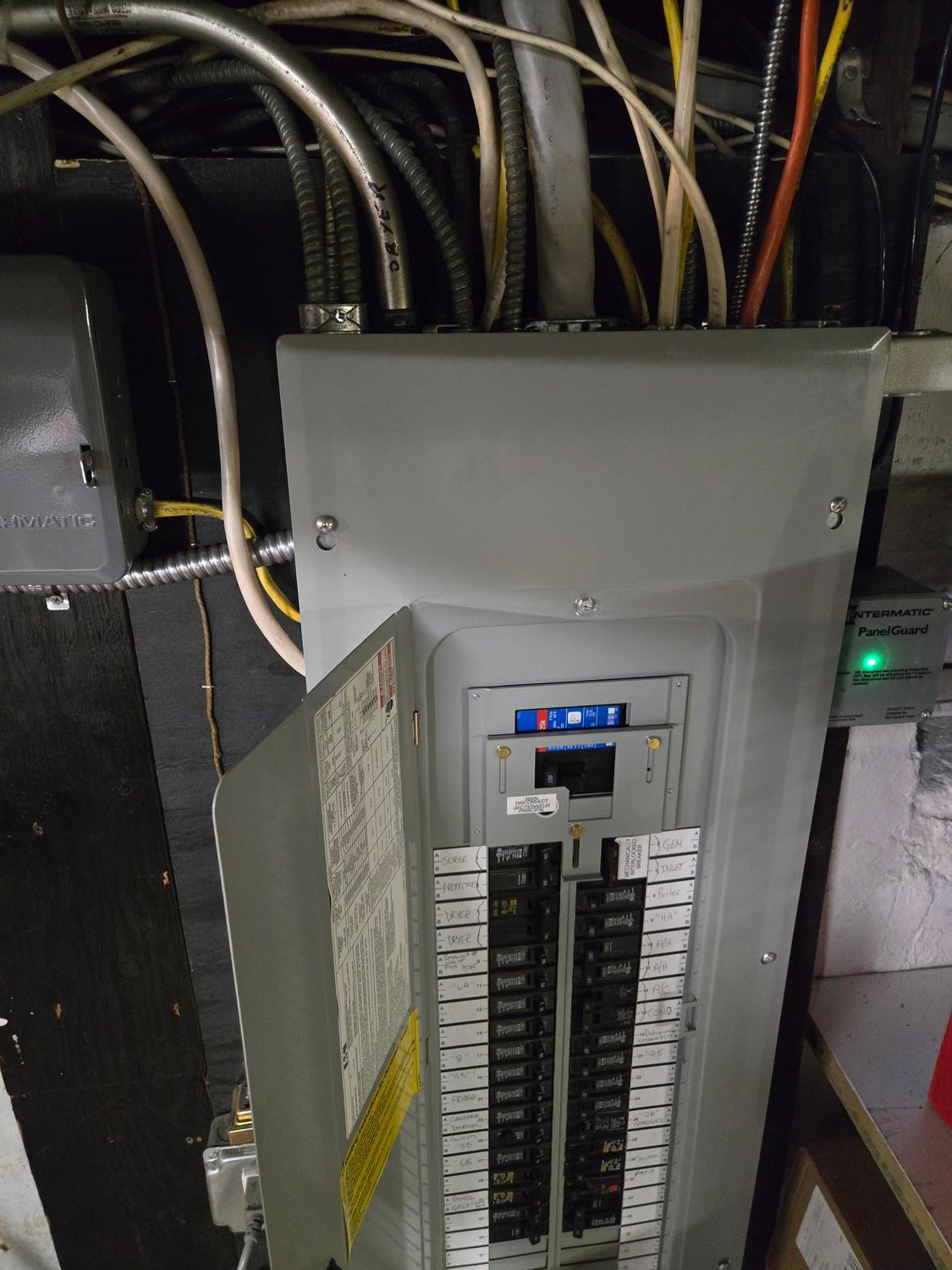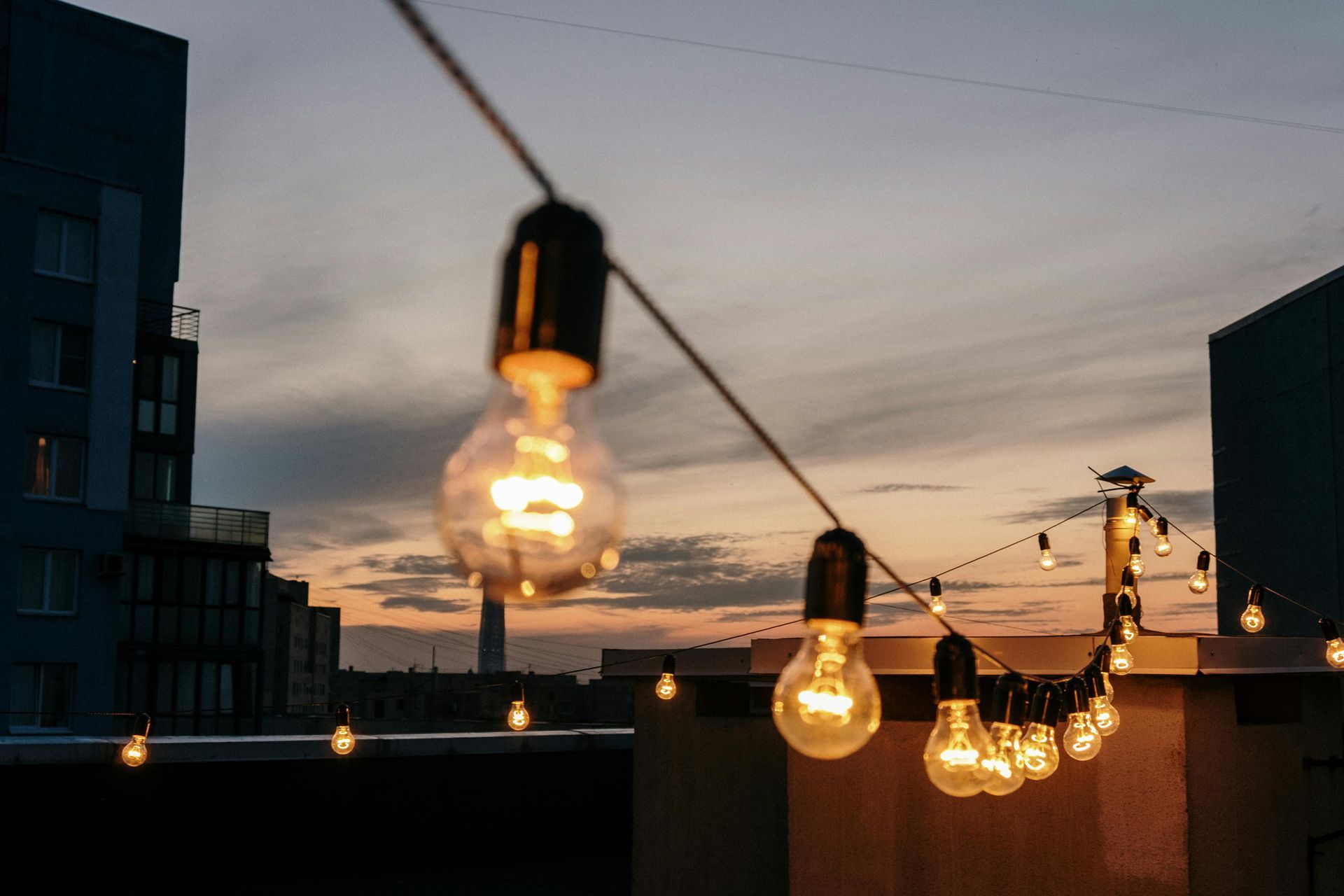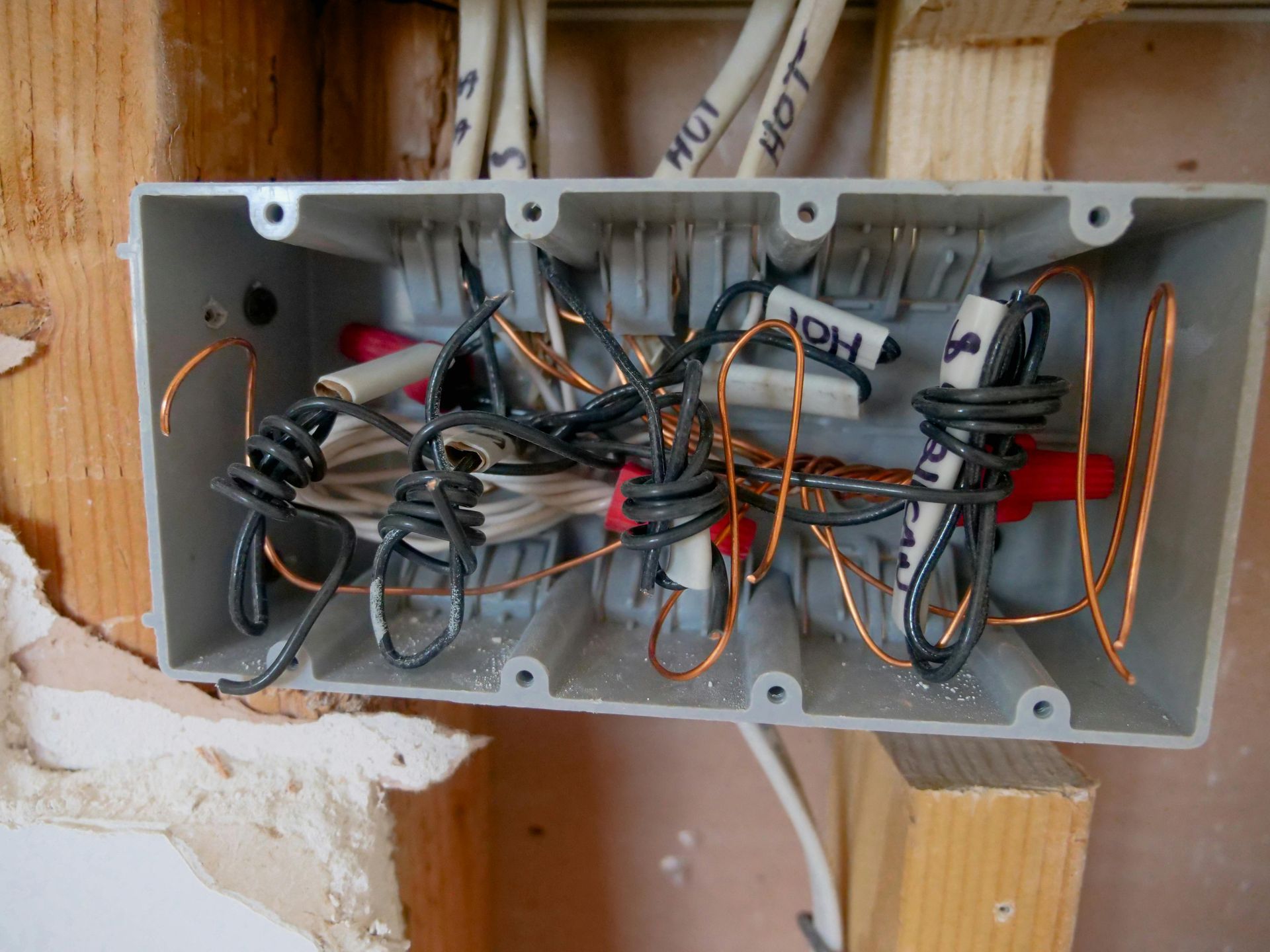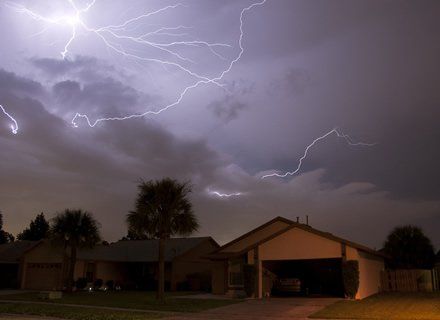I Have the Power!
A Generator Buyer’s Guide

Hurricane Season is approaching (or is here), which means the threat of heavy storms is on the lips of every weather forecaster in the area. With each threatening cloud, you think about what might happen to the delicate peace in your home should the power go out, and that you could have done something to avoid that potential disaster.
You Need A Generator
Having a generator standing by is one of the best peace-of-mind purchases you can make, especially in this time of work-from-home and remote schooling. After all, your home office isn’t going to do you a whole lot of good without electricity!
So, you’ve decided that buying a generator seems like a wise choice. The next challenge is figuring out how much of your house needs to have power, how to hook it up and what is your budget. This is where things can get a little overwhelming so let’s look at the basics.
Portable Generators
A portable generator is just a small engine connected to an alternator to generate electricity. It comes with a wheel attachment and a handle, so it can be moved around, much like a wheelbarrow, and it can supply anywhere from 2,000 to 9,000 watts of electricity. Depending on the size of your home, this will allow you to provide power to things like your refrigerator, freezer, boiler, and a few general lighting and power circuits in the event of a power outage.
Portable generators are great if you are looking to cover basic emergency needs at the lowest cost. Not only is the generator itself going to be less expensive than the permanently mounted automatic style, the electrical connection aspect of it is also going to be less involved and more affordable.
Of course, you will have to find a good place to store the generator – and its fuel – while not in use, and you’ll have to drag it out and fire it up when the power goes out, which always seems to happen in lousy weather.
Automatic Standby Generators
Automatic standby generators are permanently mounted on a concrete or molded plastic pad near your home, with wiring fully installed by a licensed electrician so you never have to run outside to plug anything in, or to start an engine, when you lose power. In fact, you’ll hardly notice that you’ve lost power, since it startups automatically in as little as a few seconds after a power outage.
Automatic standby generators are usually larger and more powerful than their portable counterparts, with the most common sizes ranging from 16 kw to 22 kw. This means that you will be able to power up much more of your home, making it feel much less like running on standby power and much more like, well, normal.
The main drawback of automatic standby generators is, of course, the price. Plan on spending between $4,500 and $7,000 on the generator and transfer switch, plus the cost of installation. You’ll also have to provide a source of fuel, which typically means connecting to a natural gas line or a large propane tank.
Where Can I Buy One?
Portable generators can easily be purchased in the larger hardware stores, as well as through online retailers. While it’s always a good idea to shop around, you’ll probably find only slight price differences between retailers, and it therefore makes sense to find the most convenient option. You might want to give us a call to make sure you have properly sized your generator for your needs, and at the same time make an appointment so we can install the necessary transfer switch.
When it comes to automatic standby generators, the most popular brands are Generac, Briggs & Stratton, and Kohler. There are a few other companies that make them, but these are the biggest players in this field.
Automatic Standby Generators are a significant step up from the portable versions so it would be a wise choice to have a chat with us before you make any purchase. Just like with portable generators, we can help you figure out the size you need, install the appropriate transfer switch and review the best location for the generator itself.
Feel The Power!
With all this information in front of you, it’s time to make the decision. You know the need for a generator is there, and you know what you need to get out of it. Now it’s time to give us a call and get our recommendation for the best fit for you. Once you have figured out what you need and how to get it, it’s simply a matter of making the connections and you’re in business!
The next time the forecasters start tearing their hair out over the world-ending storm that is coming your way, you can keep doing what you’re doing. No worries here; you have the power!
